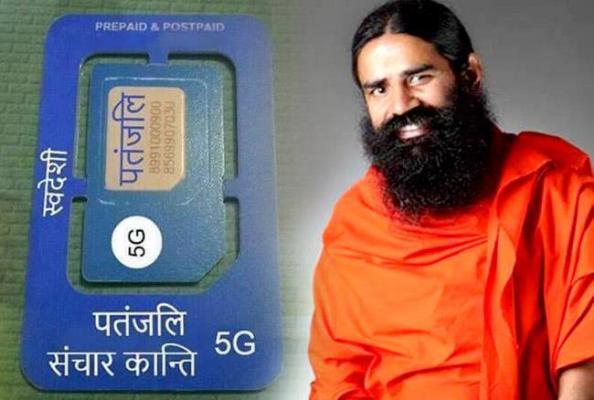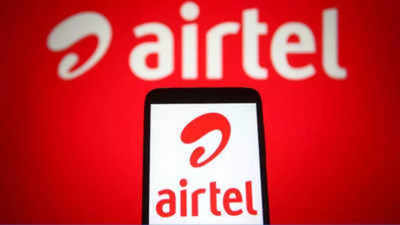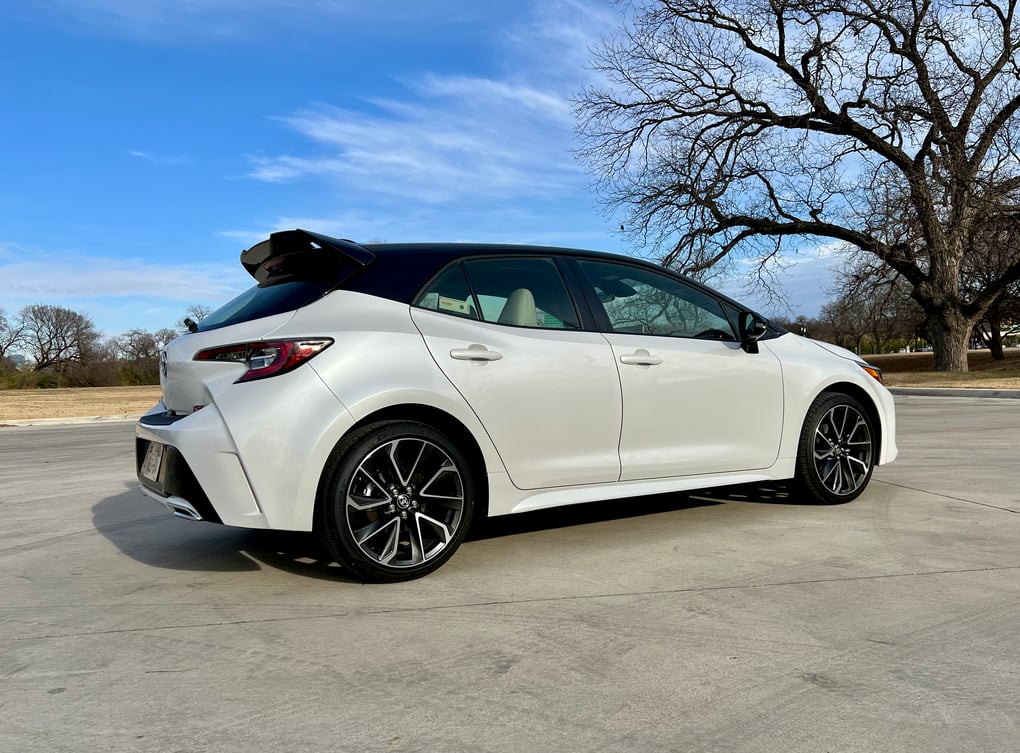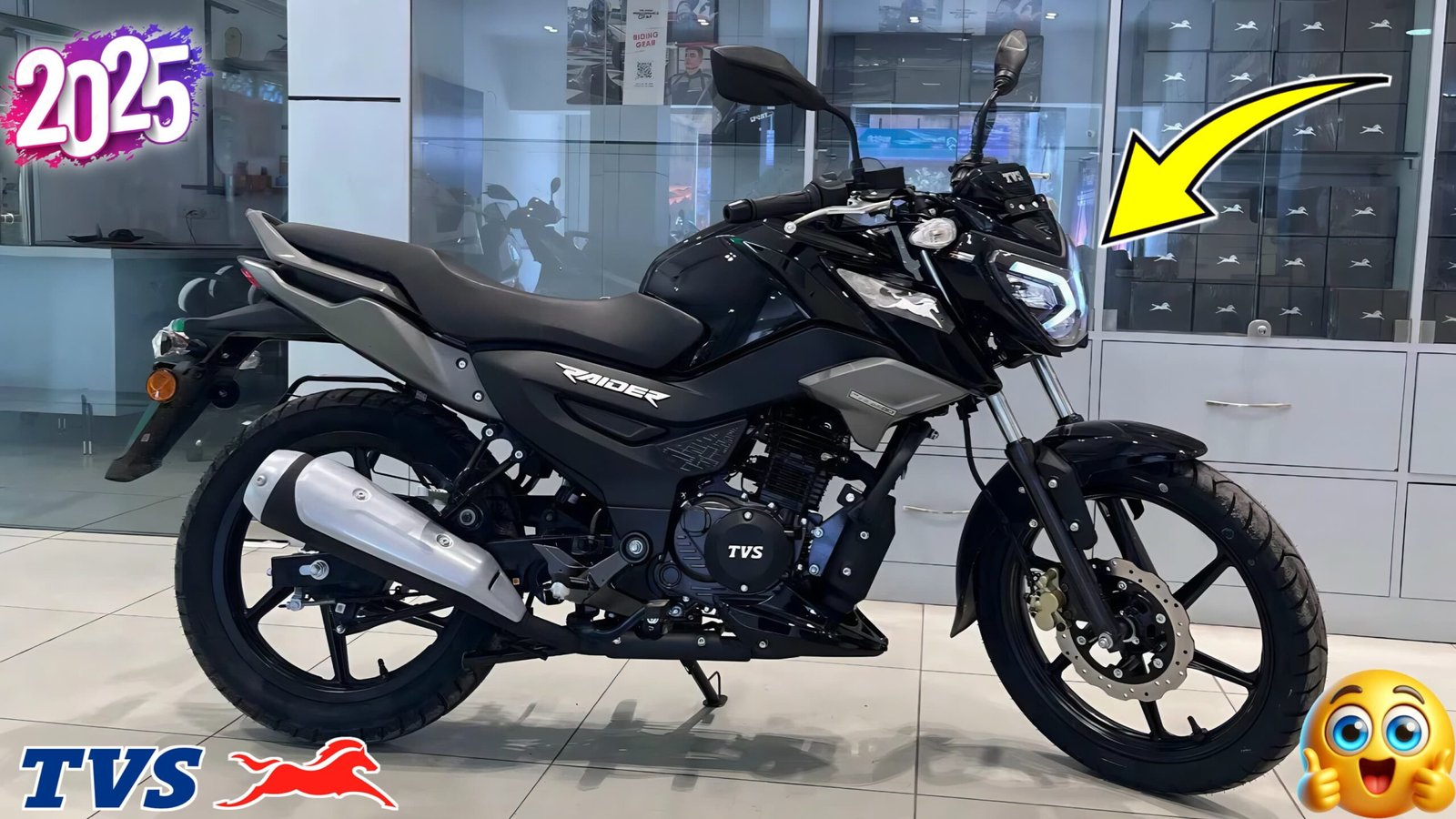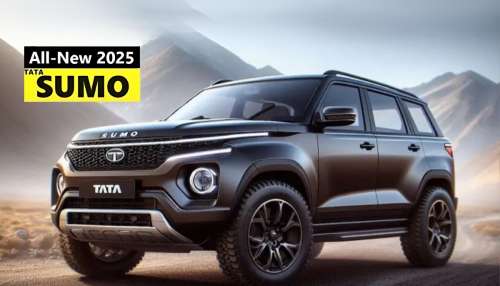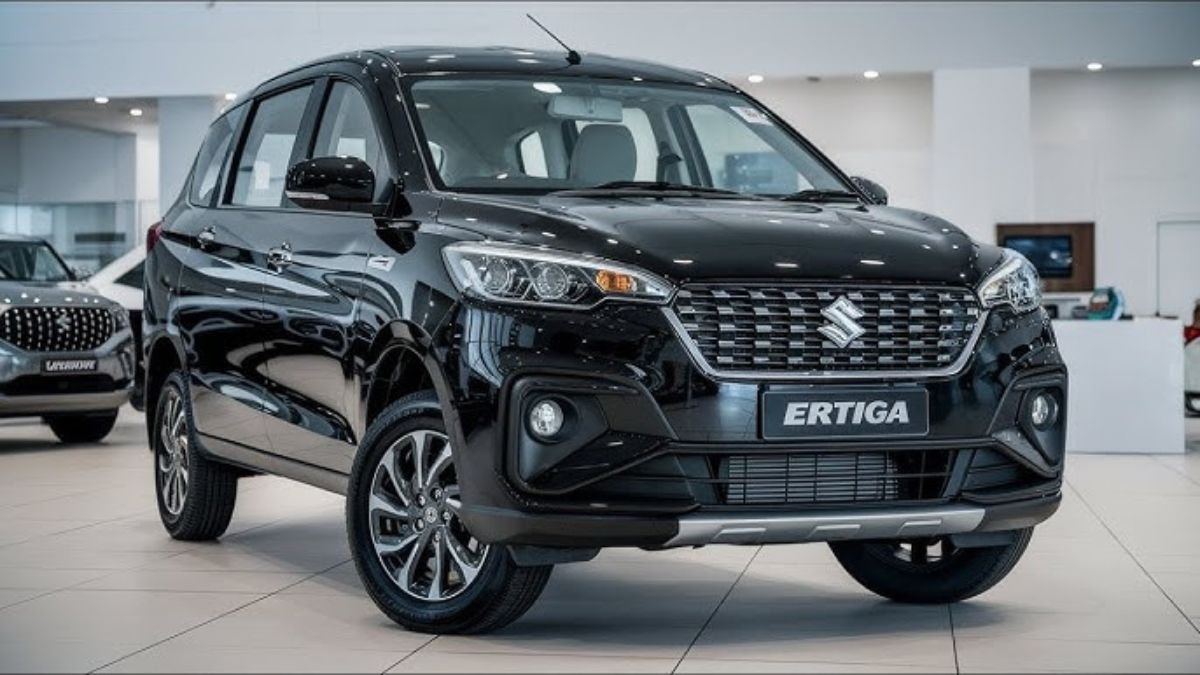Every summer, electricity bills shoot up, especially for households and offices using air conditioning daily. A typical 1.5-ton split AC running six hours daily can add over ₹3,000 to your monthly bill. This ongoing cost discourages many from using ACs freely. But that’s where the solar air conditioner comes in.
Solar ACs are designed to operate using energy drawn from rooftop solar panels, making daytime usage almost free. With a lithium-ion battery setup, these ACs can even run at night or on cloudy days without relying on grid electricity. The result? Zero or minimal power bills with full-time comfort.
Fast Cooling, Peak Performance
The new range of solar ACs hitting the Indian market in 2025 offers full 1.5-ton capacity cooling. These systems don’t compromise on performance. Features like turbo mode quickly bring room temperatures down, often within 20 minutes. Many users report feeling like they’re in a hill station as the AC cools aggressively during high heat.
These solar ACs use direct current (DC) compressors and R32 refrigerants, making them both energy-efficient and eco-friendly. Even during intense heat, they manage power draw smartly, delivering strong performance without heavy energy demands.
What Comes in the Solar AC Setup
A typical 1.5-ton solar AC setup includes:
- Six 350-watt solar panels producing around 2.1 kW of power
- 300 Ah lithium-ion battery for energy storage to power the unit at night
- 3.4 kVA inverter that manages power flow, battery charging, and system safety
This system allows the AC to run continuously throughout the day and night as long as the battery is sufficiently charged during daylight. No reliance on grid electricity means consistent operation even during power cuts.
Price Range and Models in 2025
The cost of a full-featured 1.5-ton solar AC package, including the battery and inverter, currently starts around ₹2.68 lakh as listed by Moseta, a known solar solutions brand. Competitor Exalta offers a nearly identical setup at ₹2.70 lakh.
For those looking for a more affordable solution, hybrid models are available between ₹45,000 and ₹60,000. These versions don’t come with batteries and will depend on the grid after sunset. They’re ideal for users who need daytime cooling only or already have a solar inverter installed.
EMI Plans and Financing Options
Most brands offer easy EMI options to make solar AC ownership more accessible. A typical full-kit can be booked with just ₹15,000 as a down payment. The remaining amount, approximately ₹2.53 lakh, can be financed over five years at around 10 percent interest.
This leads to an EMI close to ₹5,400 per month. For users who skip the battery or already have one installed, the loan amount reduces significantly, and so does the monthly EMI. However, keep in mind that without a battery, the system cannot offer full off-grid usage.
When Will You Break Even?
- With battery backup: If your typical AC bill is around ₹3,000 per month, the solar AC will recover its cost in 5 to 6 years through savings.
- Without battery: A hybrid setup pays off faster in about 3 to 4 years but will still rely on grid power during non-sunny hours.
Government incentives can help speed up the return on investment. State subsidies on rooftop solar installations, GST credits, and other incentives may reduce your overall cost significantly.
Pros and Cons to Know
| Pros | Cons |
|---|---|
| Zero daytime electricity cost | Higher upfront investment |
| Operates during outages | Needs sufficient roof space |
| Eco-friendly with lower emissions | Battery may need replacement after 8–10 years |
| Compatible with standard plumbing | Professional installation needed |
Brands to Explore in India
Moseta is one of the leading names providing both full solar kits and smaller budget models. Their range starts around ₹45,000 for entry-level models and goes up to ₹2.7 lakh for complete off-grid bundles.
Exalta is another key brand with similar offerings. They sell both hybrid and full solar-powered AC systems. Their current listing shows a 1.5-ton solar pack at ₹1.3 lakh (without battery) and ₹2.7 lakh with battery.
Other companies like Freyr Energy and Sollar.in provide customizable solar AC solutions for homes and commercial users. Prices vary based on tonnage, panel quality, and backup system.
Who Should Consider Buying Solar AC
Homeowners in sunny states: States like Rajasthan, Maharashtra, Gujarat, and Tamil Nadu get 5–6 hours of peak sun, ideal for full-solar systems.
Shops and clinics: Daytime operational hours sync perfectly with solar energy generation.
Rural homes with unreliable electricity: A battery-backed system ensures uninterrupted cooling.
Environment-conscious users: Each solar AC installed reduces approximately 1.5 tons of CO₂ emissions annually compared to regular ACs.
Installation Tips
- Make sure your rooftop can hold a 450 kg system including panels and mounting brackets.
- Face the panels south at a 15 to 25-degree tilt for best year-round sunlight exposure.
- Place the inverter and battery indoors, away from heat and moisture.
- Clean your panels and indoor unit coils at least once a year to maintain performance.
What to Expect in the Coming Years
Demand for solar-powered ACs is rising fast across urban and semi-urban India. Moseta recently offered a distributor price of ₹29,990 per unit, showing their push for scale. Analysts expect component costs to fall another 10 percent by 2026 as better batteries and more efficient solar panels come into the market.
This means that by late next year, solar ACs could become even more affordable and mainstream in Indian homes.
Final Thoughts
Switching to a solar AC in 2025 is more than a lifestyle upgrade. It’s an investment in low-cost comfort, reduced energy bills, and environmental responsibility. With down payments starting at ₹15,000 and a clear path to ROI, a 1.5-ton solar AC is not just for the elite anymore. It is now within reach of every smart homeowner who wants to stay cool without burning cash.

